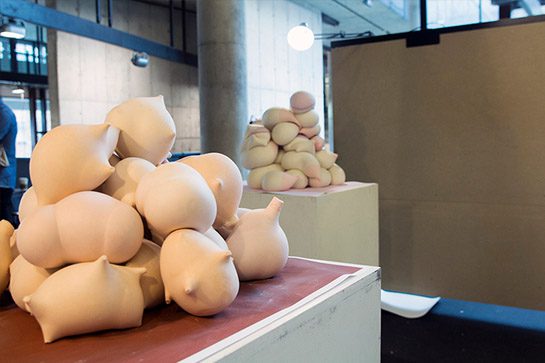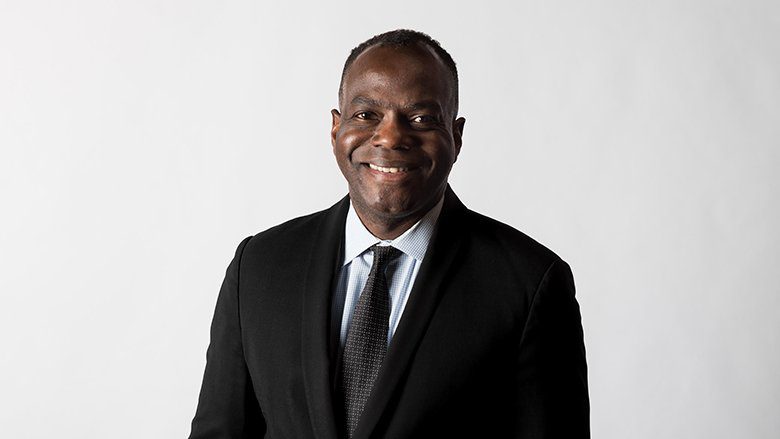
Accessibility has largely been an afterthought in our built environment. Taubman College researcher Julia McMorrough is working to give disabled people a voice in the design culture through inclusive communication practices.
McMorrough, associate professor of architecture, has received support for her innovative work through the University of Michigan’s Winter 2024 Supporting Careers and Cultivating Excellence, Engagement, and Diversity Grant (SUCCEED). McMorrough is one of 12 faculty recipients of the grant, which funds high-impact projects in the arts, humanities, and social sciences.
The grant will help McMorrough’s effort to create a book that will serve as a resource for inclusive design. This process includes holding workshops with members of the disability community to develop methods that foster communicating their needs about the built environment. McMorrough will also travel to the Netherlands to study Het Dorp, the first community for disabled people, and the lessons learned there, both positive and negative.
Ultimately, McMorrough is working toward the development of an assistive device that gives disabled individuals agency to articulate their needs, desires, frustrations, and anything else that might typically be lost in the translation from those who know to those who have the power to act but lack the inclination to comprehend. The form this device will take has yet to be determined, but McMorrough envisions it as a type of amanuensis, a literary or artistic assistant that takes dictation for another.
“Essentially,” McMorrough said, “we are attempting to mutually create, through outreach, interviews, workshops, and discussions, new methods of inclusive communication to empower and amplify disabled voices.”
McMorrough’s project, “Approaching Difference: Supporting Disability Empowerment through Inclusive Communication,” aims to transform design for accessibility from its traditional role as an afterthought to the forefront of our thinking.
“This work centers on the need to more actively link visual communication with advocacy around accessible design and move toward effective methods of communicating with, and on behalf of, audiences commonly overlooked by the built environment,” she said. “It prioritizes another aspect of accessibility that is approachable and friendly and invites a diverse audience into an inclusive conversation.”








